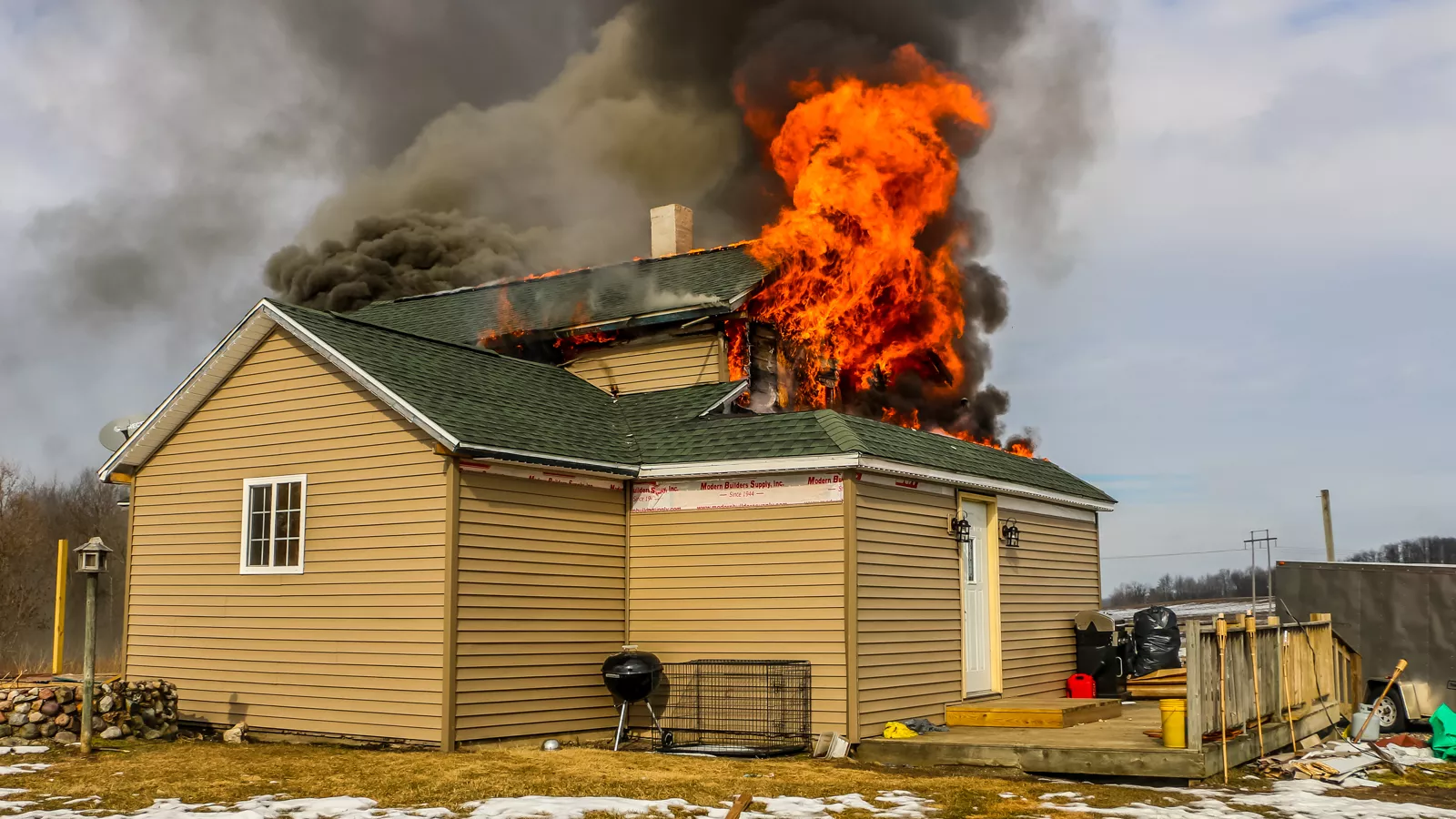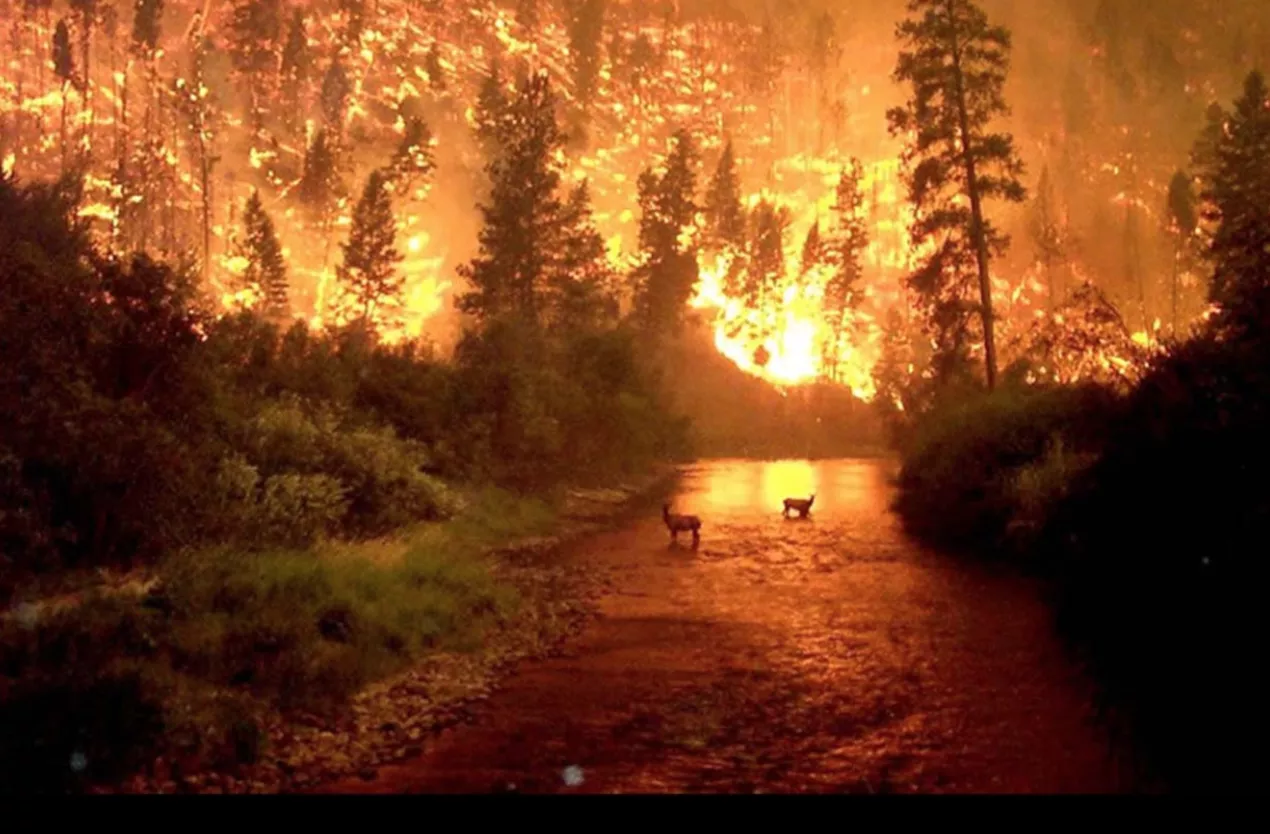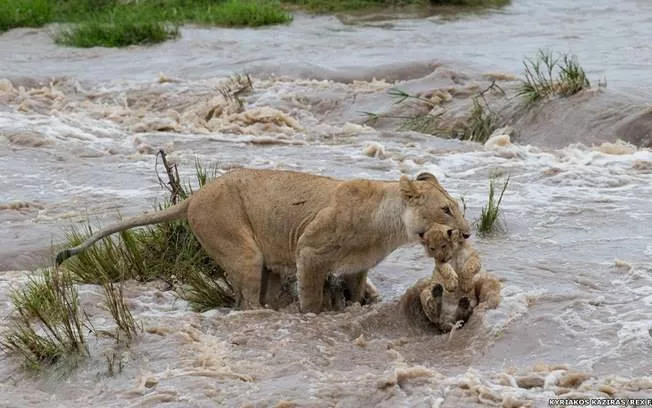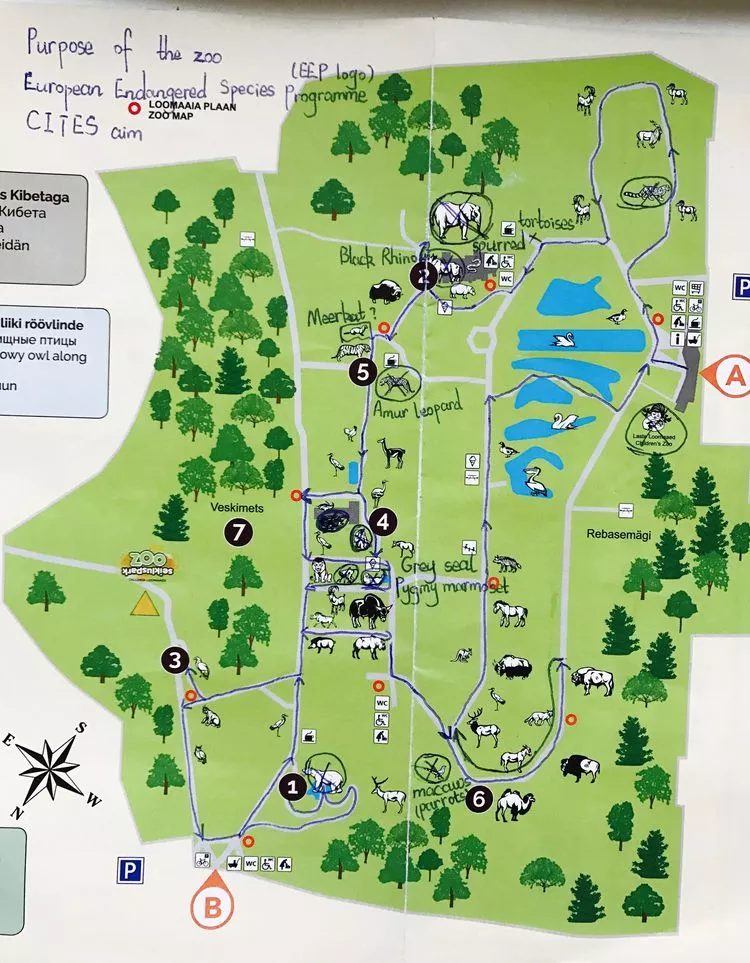Animal, Zoo, Estonia

I want to start this learning process with three scenarios for you to reflect upon.
First Scenario
You find your neighbour’s house is on fire, the firefighters are not there yet. Suddenly, you realized that their children are trapped inside and crying out for help, what do you do?

Second Scenario
The neighbour’s house is still on fire, but this time it is their pets that are trapped inside. Now what do you do?

Third Scenario
It is a wildfire, and animals are trapped in a forest. What do you do or how do you feel about this?

In the above activity, if you choose to rescue human lives but hesitated to save animals, what does that tell about our attitude to animals? The purpose of this opening is to raise public awareness of animal conditions in disasters. As climate change continues, it will likely lead to more frequent and severe natural hazards. When disasters like floods, fire or earthquake strike, human lives and material resources are often prioritized over others, which leads to animals forgotten in the chaos (International Fund for Animal Welfare, n.d.).

In his book Animal Liberation, Peter Singer states that the basic principle of equality does not require equal or identical treatment, it requires equal consideration. When deciding on a being’s rights, the question is not “Can they reason?” nor “Can they talk?” but “Can they suffer?” (People for the ethical treatment of animals, n.d.). In this sense, as animals can suffer in the same way and to the same degree that humans do, they should be equally considered and given the rights accordingly.
The conservational role of zoos is an effective coping mechanism when animals are under threats. The role of the zoo has evolved to highlight conservation, research and education and recreation (Roe & Mansfield, 2014). Conservation happens in zoos by protecting and breeding animals in captivity to prevent them from extinction. Research conducted at the zoo helps researchers, zoo keepers, vets and the general public to better understand why certain animals are becoming endangered and how to conserve the species. Most importantly, the zoo can educate visitors by creating affective connections. As mentioned by Russo (2013), it is difficult to be concerned about an animal you have never seen before. No other platform than zoo or wild can provide the same emotional connection between human beings and animals, as they deliver the chance to see wild animals in the flesh, hearing it, smelling it. This connection can then lead to behaviour changes in animal protection and conservation.
My personal connection with animals was developed throughout the last four months as I started my placement at the Tallinn Zoo. I sometimes walk around the zoo and stop to look at those beautiful creatures, and I am often amazed by how pure their eyes are when they look back. Moments like this often bring mixed feelings that no words can explain. This is when a bound is created and you feel responsible for other lives on earth. This brings another role of zoos—recreation. As conservation projects cost a large amount of money, a big challenge of zoos is how to increase the number of visitors to raise money for animal protection. Therefore, zoos need to ensure the visiting experience to be interesting and meaningful enough to attract visitors.
My work at the Tallinn Zoo is based on this principle. There is a series of gamified, yet educational discovery trails called SmartZoos, where visitors can answer exciting questions to learn more about animal-related subjects at Tallinn Zoo. The aim of the SmartZoos is to encourage visitors gaining new knowledge, develop their orientation skills and have a fun time at the zoo (Tallinn Zoo, n.d.). There are various paths designed in Estonian, Russian and English. To enrich this resource, I designed another English path about some fun facts of animals at the Tallinn Zoo. Besides, with the help of colleagues from the zoo, we organized an event about five senses of both human and animals, to illustrate how the nervous system receive and process information to react to the world. The SmartZoos application and the sensing activity both aim to actively engage and interact with visitors so that they have an enjoyable and informative zoo experience.

The improvement of economic status and the development of technology over the years make it possible for zoos around the world to promote animal welfares and better educate the general public. In the Estonian context, the harmony among human beings, animals, and nature is a common worldview, a tradition, and a way of life which is intertwined with nature on an intellectual level and forms a cultural and linguistic entity. In its specific form it is unique to Estonia (Toomepuu, 2012). In addition, Estonia is one of the most forest-rich countries in Europe, 51% of its land is covered with forest and 27% of the total forest land is under protection (Statistics Estonia, 2017). This special bound between the Estonians and nature is admirable. I have been to several forests and other natural landscapes in Tallinn, and the feelings of enchantment never fails me. With this feeling comes growing attachment to nature and all the animals dwell within. As long as this connection continues, no matter how the society develops, I believe the natural treasures bestow upon this land will continue in its prosperity.

Acknowledgment
I would like to express my very great appreciation to my placement coordinators Ms. Tiina Tambaum and Mr. Georgi Skorobogatov for offering me the opportunity to work at the Tallinn Zoo. In addition, I would like to offer my special thanks to my supervisors at Tallinn Zoo, Ms. Maris Laja and Miss Darja Zubareva for their generous support throughout my placement at the zoo.
--
Ayibanu Abudurexiti, student of Erasmus Mundus International Master in Adult Education for Social Change at a consortium between University of Glasgow, University of Malta, Tallinn University and Open University of Cyprus. She conducted her placement at the Tallinn Zoo from September to December 2018. This essay is the dissemination project for her work at the zoo and the placement course.
References
- International Fund for Animal Welfare. (n.d.). Disaster response. Retrieved from https://www.ifaw.org/international/our-work/animal-rescue/disaster-resp…
- People for the ethical treatment of animals. (n.d.). Why Animal Rights? Retrieved from https://www.peta.org/about-peta/why-peta/why-animal-rights/
- Russo, C. (2013). Can you worry about an animal you’ve never seen? The role of the zoo in education and conservation. Retrieved from https://blogs.plos.org/scied/2013/03/11/zoo-education/
- Roe, K., McConney, A., & Mansfield, C. F. (2014). The role of zoos in modern society-A comparison of zoos' reported priorities and what visitors believe they should be. Anthrozoös, 27(4), 529-541. doi:10.2752/089279314X14072268687808
- Statistics Estonia. (2017). Environment. Retrieved from https://www.stat.ee/environment
- Toomepuu, J. (2012). Maausk, the belief system of indigenous Estonians. Retrieved from https://floridaestos.files.wordpress.com/2012/01/maausk-presentation-ju…
- Tallinn Zoo. (n.d.). SmartZoos. Retrieved from http://tallinnzoo.ee/en/smartzoos/




